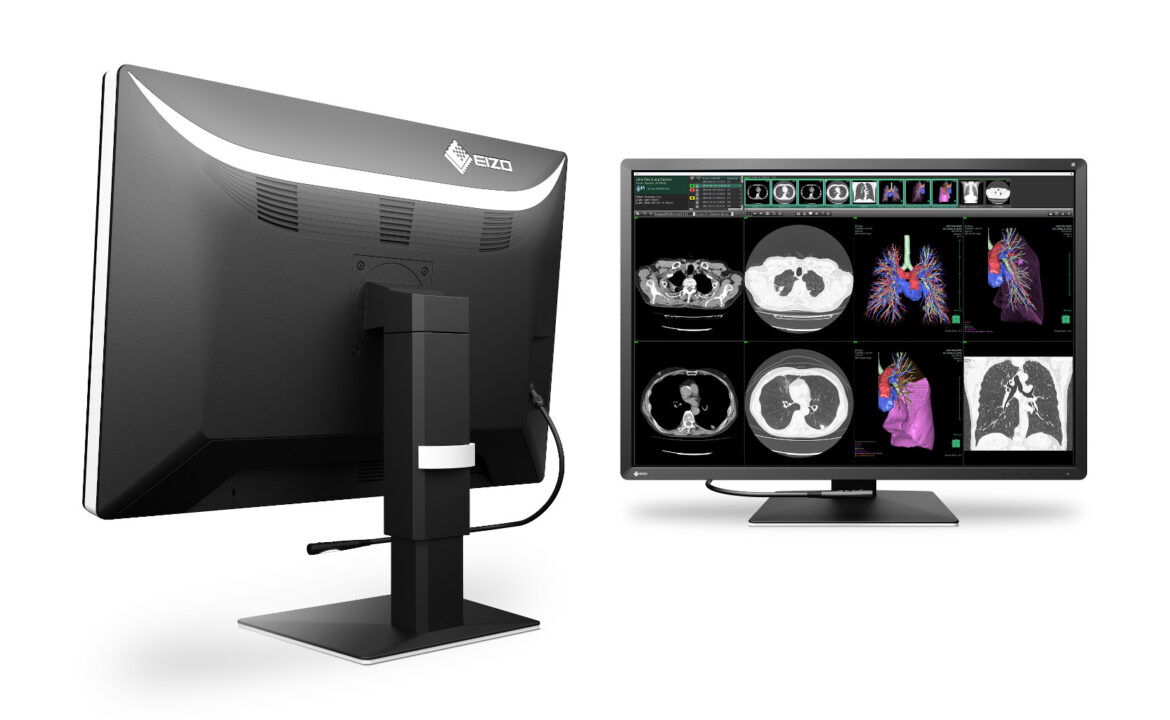The world is in constant evolution, and medicine could not be different. It is a real challenge for professionals in the area to keep up with all technological innovations. Mainly about diagnostic monitors. Many hospitals and radiology offices strive to offer the best solutions for professionals and patients.
However, often current equipment is negatively affecting results or preventing staff from making accurate diagnoses. It is a very common assessment that can lead to older equipment remaining in use because it only meets minimum requirements.
Evolution Of Diagnostic Monitors
An important area often overlooked is medical monitors connected to X-rays, MRIs, mammography, and other radiology equipment. Fortunately, many hospital administrators realize that upgrading them is also a cost-effective way to extend the life of certain radiology equipment. Consequently, there is an improvement in results and practicality at the time of diagnosis for both physicians and technicians.
With an increasing number of images per exam, several of them can be placed side by side on a specific medical monitor screen and analyzed by an expert in seconds.
Points That Call For Attention When Choosing
The big difference between diagnostic monitors and home monitors lies in the consistency of reproduction and image quality. They have several functions to maintain optimal image quality over time, such as backlight brightness stabilization circuitry and image quality assurance (QA) software. This further ensures that the monitor always complies with medical quality control criteria.
Another point is ergonomics. The brackets that allow many adjustments to position the screen at the perfect height for the professional come out ahead at the time of preference. Also, the panels have become smaller. That’s because if you have two monitors together, a smaller panel improves continuous viewing, which allows for an easier transition between monitors.
Adding colors has also improved efficiency, as markers/tags over a question or comment regarding a specific image or something within the image can be quickly identified.
All medical monitors are calibrated and adjusted to have a uniform brightness level on the screen and are calibrated according to the DICOM curve.




